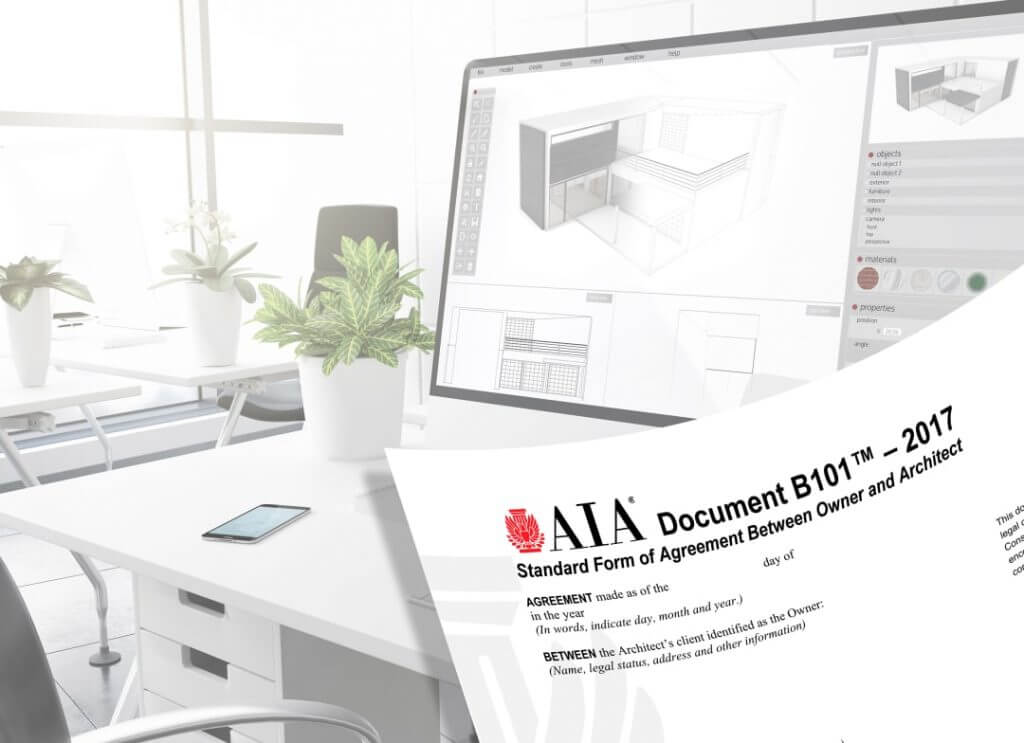B101-2017
Initial information is the first article in most standard form owner/architect agreements published by the American Institute of Architects. In fact, the AIA’s B101-2017, Owner/Architect Agreement includes 20 separate prompts for the parties to insert anything from the name of the project’s geotechnical engineer to the owner’s objectives for sustainable design. It can be an intimidating list, and a jarring reminder of how complicated it is to embark on a new project. The urge to skip these fill points, or to insert a quick “unknown”, can be enticing. Fight this urge. Initial information has a prominent location in the AIA’s documents for a reason. It is the very foundation of the owner/architect agreement. For architects, initial information can be a tool to teach owners about the design and construction process. For owners, it can be a useful checklist of information they need to provide, and decisions they need to make, that will impact the project. For both parties, it is an early opportunity to memorialize key expectations about the project.
The AIA first introduced the idea of initial information in its owner/architect agreements in 1997. Ten years later, the 2007 version of the AIA’s primary owner/architect agreement (B101-2007) included an optional exhibit for initial information. Over the past decade, initial information has evolved to become a critical part of the owner/architect agreement. B101-2017 does away with the optional exhibit approach and includes initial information as an integrated part of the agreement. It now includes prompts for the parties to insert information about the owner’s program, the project’s physical characteristics, representatives of the parties, the owner’s budget, the intended delivery method for the project, milestone dates for the project, the owner’s sustainable objectives, and consultants to be retained by each party.
Architects should pay close attention to the project’s initial information prompts and fill them out as completely as possible. If an owner later changes direction, and requires services that were not anticipated based on the initial information, the architect may be entitled to additional compensation.
Services necessitated by a change in the Initial Information, previous instructions or approvals given by the Owner, or a material change in the Project including size, quality, complexity, the Owner’s schedule or budget for Cost of the Work, or procurement or delivery method;
B101-2017 § 4.2.1.1
Owners can also rely on the initial information included in Article 1. Diligently completing the initial information in Article 1 helps to establish the parties’ expectations on the project, and provides a convenient checklist of items the parties should agree upon before executing the agreement. For more information about B101-2017, and the AIA’s updated design-bid-build family of documents, visit the following link.

